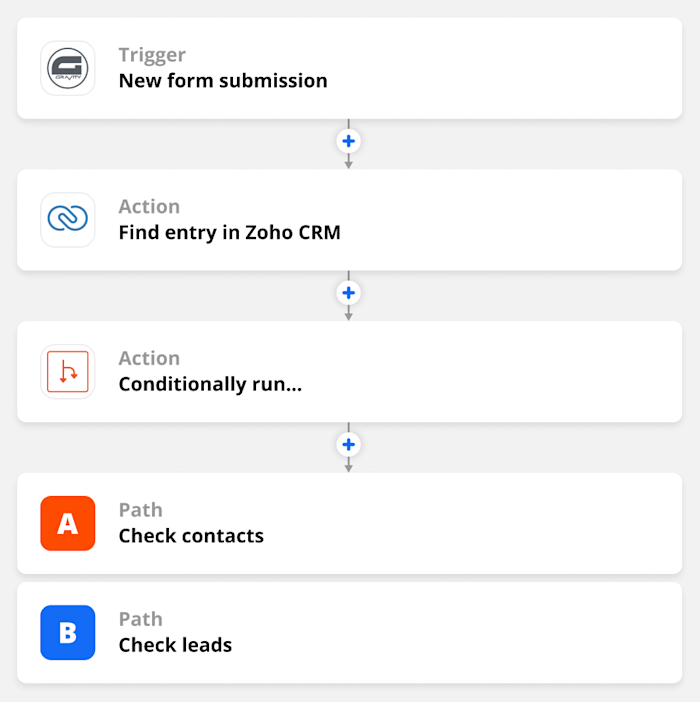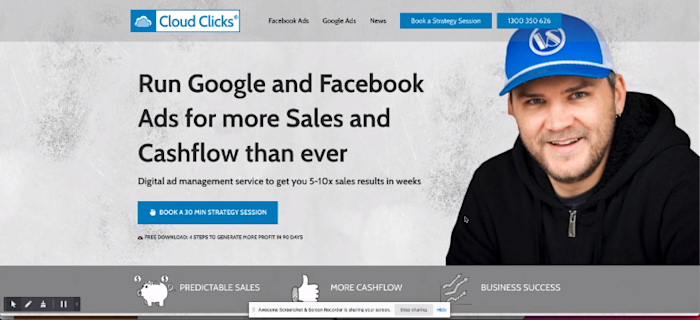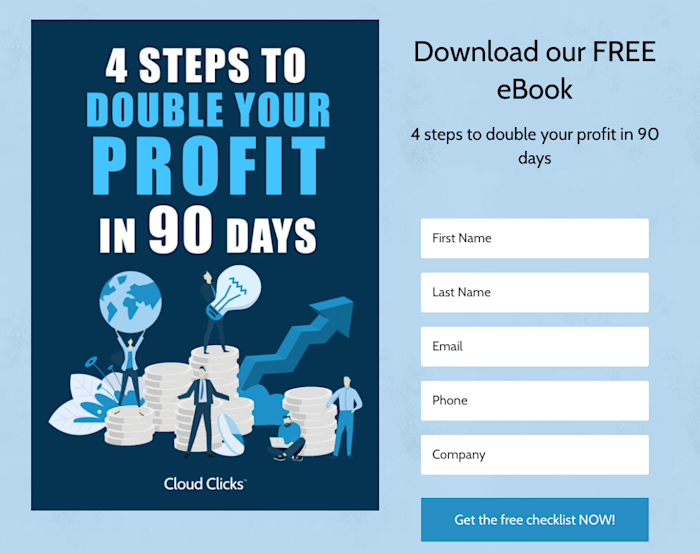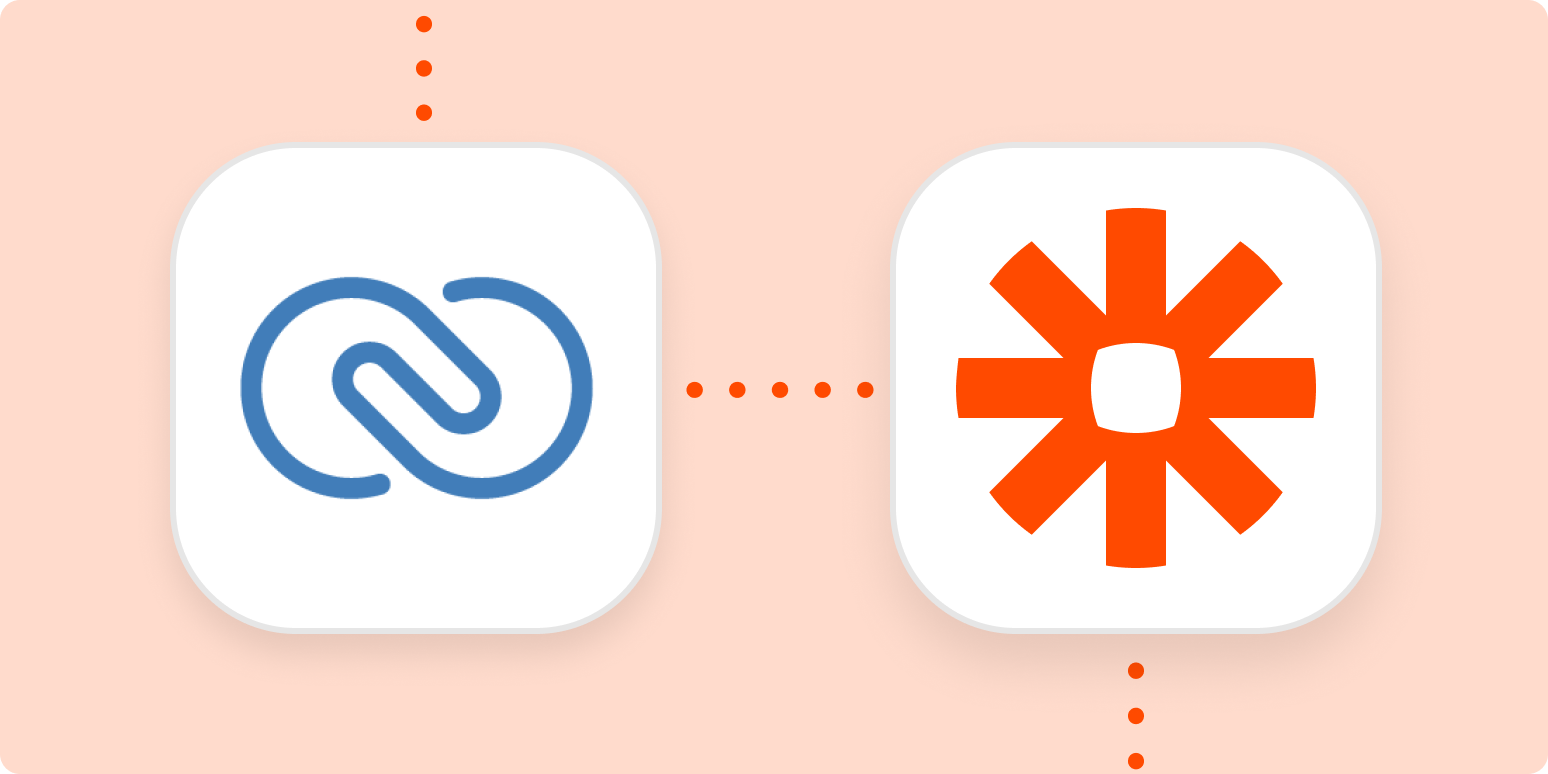Lead generation is the bread and butter of digital marketing. If you’ve been generating leads for any length of time, you’ve likely encountered a common issue: data duplication in your CRM (customer relationship management) platform. Each CRM has a process for handling duplicate data. Avoiding duplicate data in the first place, however, makes your life a lot easier.
At Cloud Clicks, we know this problem, and we solved it. Here’s how we use Zapier to keep our CRM clean and tidy.
Table of contents:
What is a CRM?
There is no shortage of options when it comes to CRMs. Salesforce, Hubspot, Zoho, Keap, and Pipedrive, for example, are full-blown CRMs, whereas others, like Active Campaign, focus more narrowly on lead management. Many traditional email marketing systems, such as Mailchimp, are adding on CRM functionality and, as such, are trying to become full-fledged CRMs.
If you plan to grow your customer base, lead generation is vital. But, of course, lead generation isn’t the only thing you should do. You also need a way to manage customer data once you’ve acquired it!
This is where a CRM comes in. You can use it to manage the data about leads and customers, in a systematic and organized way. For example, most CRMs have different record types for leads, customers, and more generic contacts.
We use Zapier to check new contacts against those existing categories before creating a new record so we don’t create duplicates. We’ve been able to stop worrying about messy lists and focus on engaging with the right people at the right time.
Why do I need to manage my leads?
You’re probably looking for more ways to get your website buzzing with activity. You may get a lot of leads, but if you don’t know how to manage your contact lists, eliminate duplicates, and set up marketing workflows for every kind of potential customer that comes your way, then you’re wasting time and alienating your audience.
Even with advanced software, a poorly maintained contact list means leads can get lost. Or, if an existing customer gets placed in your new lead workflow, then you could end up spamming them with irrelevant marketing.
How Cloud Clicks uses Zapier to avoid duplicate records
By using Zapier, Cloud Clicks has kept duplicate records from being created in our CRM, allowing our team to be sure we’re communicating with leads like leads and customers like customers. We use Zoho CRM, but this workflow will work with just about any CRM on the Zapier platform, so long as it has similar actions that allow you to search for contacts and create new ones.
Here’s how it works: Let’s say you have a well-established contact list and an equally well-established lead generation network where people can sign up to book a call or receive more information. A customer you worked with several months ago signs up through your form to book a call to discuss your services.
By signing up this way, this former customer is acting like a new lead. But they’re really a returning customer, so you want to treat them as such. Here’s an example:
The customer fills out a form on your website. We like to use Gravity Forms, but you can use whatever you prefer, as long as it integrates with Zapier. Most people would simply push all responses into their CRM as new leads. But in this case, that would create a duplicate record, and sign this returning client up to get communication they may not want.
Here’s where our duplicate-fighting process comes into play. Instead of sending responses straight into your CRM, set up an extra step aimed at those duplicate entries. This step first checks all your contacts and leads for duplicates and only creates a new one if nothing exists that matches. Here’s how this automation works:
-
A new submission comes in through Gravity Forms.
-
Zapier looks in Zoho CRM to see if a matching contact record exists. If a contact exists, Zapier updates it with the new information.
-
If no contact is found, Zapier then checks to see if a lead matching this information exists. If yes, the lead info is updated. If no lead is found, Zapier creates a new lead.

In this case, your “book a call” workflow still triggers, and you can follow up with them knowing they are an existing customer. And, your records are nice and organized with all relevant information about each contact kept in one list, with no duplicates created. This lets you prevent previous customers from entering workflows for unconverted leads. All it takes is setting up Zoho with conditional actions when a new lead is generated.
Tagging leads for greater impact
Tagging your leads is an important part of the process. It gives you greater insight into the hundreds (or even thousands) of new contacts you add to your CRM. Often, lead generation tools don’t have an effective way to tag your customers. This means you have to do it yourself manually to transition contacts and potential customers to the right workflow.
Once a lead gets fed into Zoho, it can get tagged relevant to whatever conditions you like. Importantly, you will want them to be tagged according to the workflow they are in, but you can also tag by source, details, or landing page so you have all the information you need to organize and take strategic action on your marketing campaigns.
A Cloud Clicks example
We use this workflow ourselves. Here’s how we put it to work in a recent campaign that delivered a free eBook.

We were promoting our marketing service in a lead generation campaign, offering a free eBook to new leads, but we needed to run this without compromising other marketing workflows. We hoped that by offering a free eBook, the campaign would generate a lot of interest from new leads and previous customers and prospects already in our CRM.

Because this was its own campaign, if existing contacts and leads signed up, it could create duplicates in our system.
If existing contacts went through this lead generation tool to get the free eBook but then also went on and booked a marketing strategy call, we’d have duplicate records and the lead would end up simultaneously being taken through two different marketing workflows. Not only would this create havoc on our CRM and force us to waste hours weeding out the duplicates, but it could result in the customer receiving too many (or too few) emails—or even contradictory marketing material!
Cloud Clicks used Zapier to avoid this when feeding leads into Zoho CRM. First, Zapier checked each new lead against existing contacts and leads. Then, it would tag them for each form they went through and retain their place in all workflows. Additionally, it updated records with any new information, such as a new phone number.
We also captured UTM codes so we could see the landing page, referrer, and other details particular to each lead helping us understand what channels brought them back to the Cloud Clicks website.
Even if someone had already been through or was in an existing marketing workflow, this system let us enter them into another workflow without causing any confusion in our CRM.
If someone were to sign up for a strategy call and our free eBook, Zapier would merge their collected information into one record in Zoho CRM and they would be enrolled in the appropriate workflows. It was a win-win: The lead gets what they want, and Cloud Clicks has a tidy contact list.
Don’t mangle your customer list
Having multiple lead generation tools is like having several fishing lines in the water: More lines mean more fish.
However, if you collect leads without investing in an organizational system to manage them, everything will get tangled. And just as you wouldn’t want to spend hours untangling lines, you also don’t want to spend hours deduplicating your contact lists. You may be the best in the business at attracting potential customers to your goods and services. But if you aren’t adept at managing those contacts, your lead generation prowess is wasted.
Focus on building your CRM alongside your lead generation tools. Then you don’t mangle your customer list and are better able to respond to your customers to make the most of every opportunity, ensuring every lead and contact goes through the right workflow. Forget messy and confusing lists and start running effective marketing campaigns where every lead matters.
This was a guest post from Johannes Klupfel, of Cloud Clicks. Cloud Clicks is a digital advertising agency in Australia helping overwhelmed business owners with their digital marketing options. Want to see your work on the Zapier blog? Check out our guidelines and get in touch.
Related reading:
[adsanity_group align=’alignnone’ num_ads=1 num_columns=1 group_ids=’15192′]
Need Any Technology Assistance? Call Pursho @ 0731-6725516







